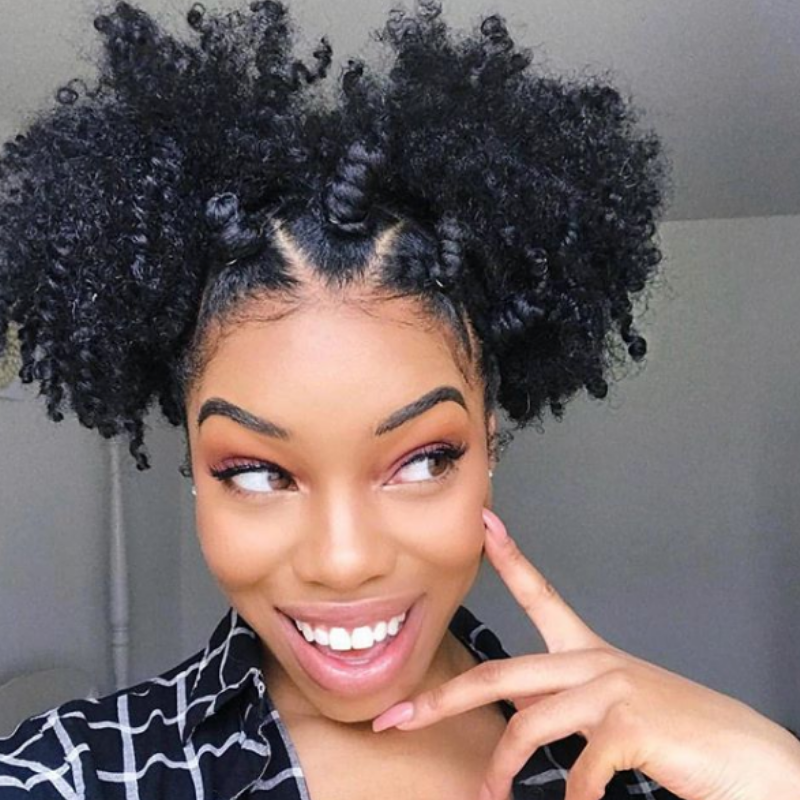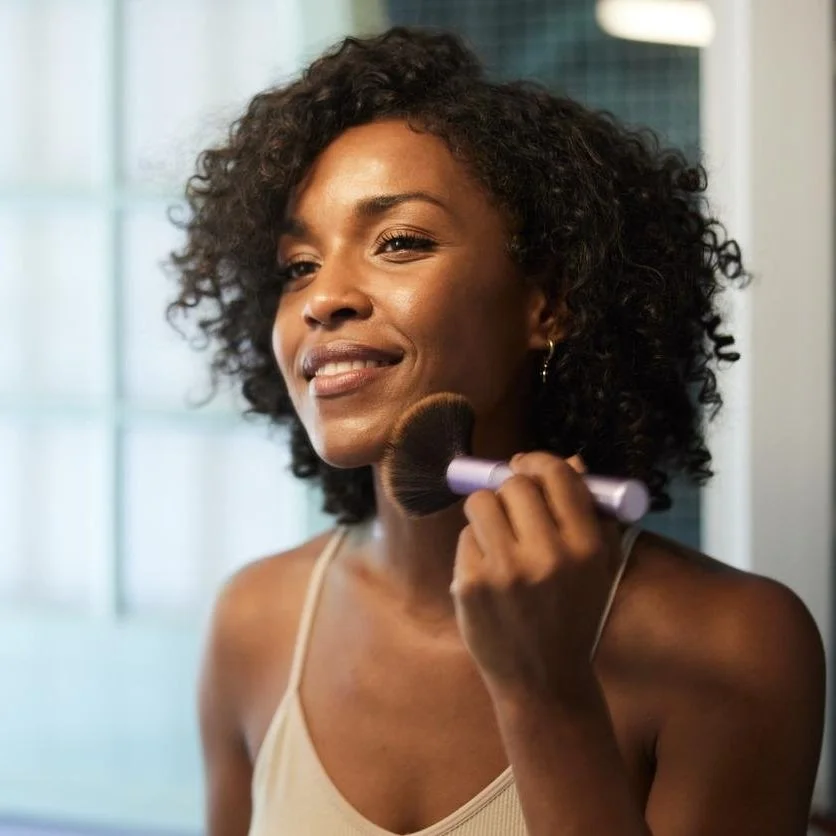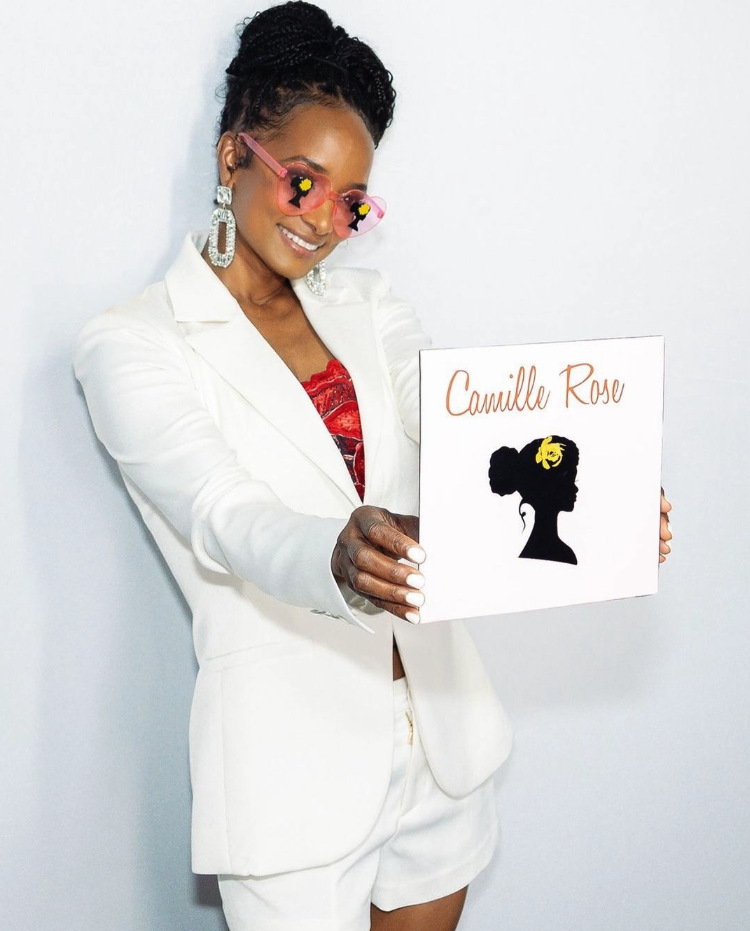Determining Your Hair Porosity | The Key to Healthy Natural Hair
By: Natasha Marsh
I am still quite new to the natural hair club. It was 9 months ago that I did the big chop and since then I have experimented with a plethora of natural hair products. I am starting to understand my hair a lot better but of course, there have been some bad hair days sprinkled in. A few months ago I was at the airport going through TSA when the agent looked at my passport picture, showing myself with a long mane, and then at me with my current short hair and said “so you chopped it all huh sis”. Beaming with delight and confidence I said “sure did”. To my surprise she says “ you should look up porosity” hands me back my passport and says “next”. At the time, I had no idea what hair porosity was, all I knew was this TSA agent didn’t have the friendliest tone in suggestion.
When I eventually looked up hair porosity I was shocked that my stylist never mentioned it, after all the times I inquired about what products were good for my hair. Porosity refers to how well your hair absorbs and holds moisture. Most naturals, like myself, only consider curl patterns when curating a hair care regime, but porosity could be the answer to all our bad hair days.
Basically, each individual hair strand is made of multiple layers. The outermost layer is called the cuticle. This layer opens up and allows oils and water to pass in and out of your hair. How porous hair can be is generally based off of genetics but can be greatly affected by coloring, heat styling or relaxing the hair.
Any woman with curls will tell you, caring for and styling curly hair is no easy task. Understanding your porosity level is essential in understanding what products to use. Generally there are three tiers-- low, medium, and high porosity. To figure out what tier you are, take the below test.
THE TEST
1. Float test- Take a couple of strands of hair from your combo or brush and drop them into a bowl of water. Make sure hair is clean as oil in hair can affect results. Let hair sit in the cup for at least 5 minutes. If your hair floats, you have low porosity. If it sinks, you have high porosity. 2. The slip n’ slide test: take a strand of hair and slide fingers toward the scalp. If you feel bumps along the way, this means that your cuticle is lifted and you have high porosity. If your fingers slip smoothly, then you have low porosity hair.
LOW POROSITY HAIR
Low porosity hair has a cuticle layer that is too tightly together, making it difficult for moisture or anything to enter the hair shaft. Generally you have low porosity if your hair takes a while to dry or if products sit on your hair instead of penetrate.
You’ll want to avoid using too many creams. The likelihood of buildup with multiple creams, shampoos, and conditioners, is high. If product is sitting on your hair it makes it harder for moisture to get through which ultimately leads to dryness. We recommend using lightweight formulas, indirect heat (hot water or heated deep conditioners) to open cuticles to let moisture in, and a weekly clarifying shampoo to remove residue.
MEDIUM POROSITY HAIR
Hair with medium porosity is the sweet spot, often requiring slim to no maintenance. The cuticle layer is looser, allowing moisture to get in and preventing too much from escaping. Hair with normal porosity tends to hold styles well, and can easily be colored or permed. Over time, however, these heat processes can change hair from normal to high porosity. To keep medium porosity, you’ll want to look for products for normal to dry hair as there is no need for a lot of conditioning.
HIGH POROSITY HAIR
If you have chemically processed hair or live in a big city with lots of pollutants you most likely fall into the high porosity category. The cuticle here has numerous gaps and holes, letting in too much moisture but instantly tangled or frizzed once dry. Essentially, getting the moisture in your hair is no problem, however, keeping it takes work. The key to high porosity is hydrating with moisturizing cleansing conditioners and leave-in conditioners, strengthen the cuticle with protein treatments, and locking in moisture with a gel or styler.










